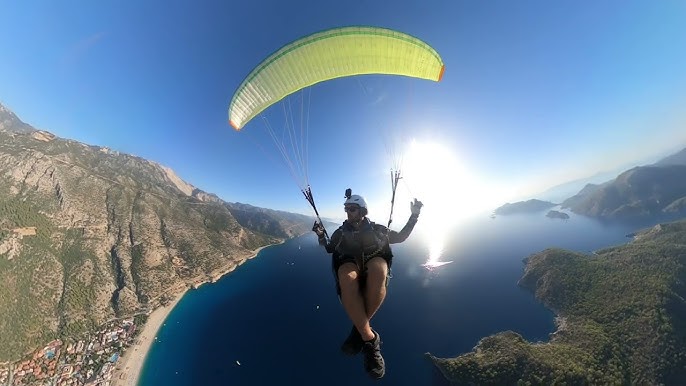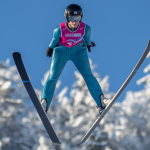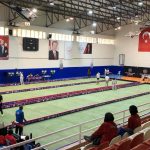Paragliding is a recreational and competitive adventure sport where a pilot flies a lightweight, free-flying glider aircraft called a paraglider. Unlike parachutes (which are primarily for slowing descent), paragliders are designed for extended flight using rising air currents.
How It Works:
- Launch – The pilot inflates the glider by running downhill or from a slope, allowing the wind to lift the wing.
- Flight – Once airborne, the pilot controls the glider using brake toggles, shifting weight, and harnessing thermals (rising warm air) or ridge lift (wind deflected upward by terrain) to stay aloft.
- Landing – The pilot gently descends and lands on an open area, controlling speed with the brakes.
Key Features:
- No engine (though some use motorized “paramotors”).
- Portable – The entire kit (wing, harness, reserve) packs into a backpack.
- Soaring potential – Skilled pilots can fly for hours and cover long distances.
Safety & Training:
- Requires proper instruction to handle wind, weather, and emergencies.
- Uses a reserve parachute as a backup.
- Weather conditions greatly affect safety.
Why People Love It:
- Combines adrenaline with peaceful soaring.
- Offers stunning aerial views.
- Accessible to many (lighter than hang gliding or skydiving).















